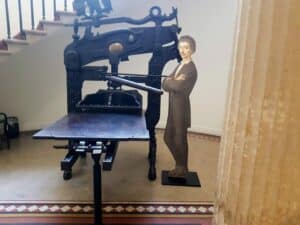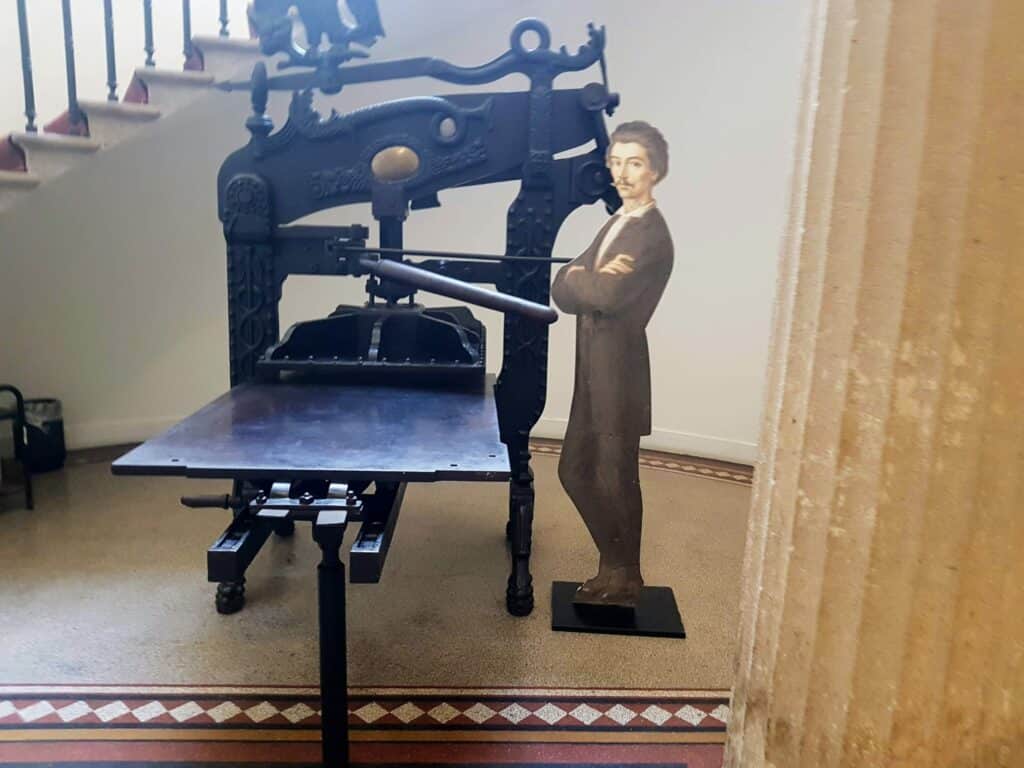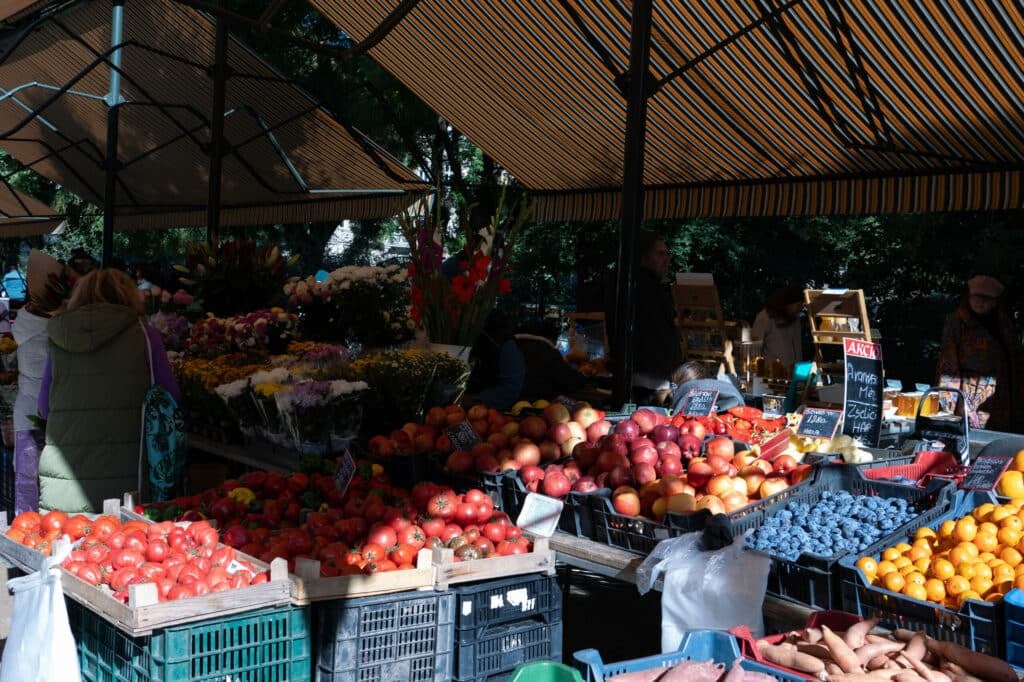Petőfi Literary Museum (PIM) Budapest
Writers' nutshell
I love to explore a city learning about its writers.
Most of the Hungarian authors describe a unique relationship with Budapest. Budapest, from its side, shows a special attachment to them, in the shape of statues, plaques and street names (and, sometimes, drinks). Patriotic poet Sándor Petőfi is regarded as a national hero, so it makes sense that the local museum of Literature carries his name. Opened in 1954, Petőfi Literary Museum (PIM) is the evolution of an institute called "Petőfi House", from which it inherited a rich collection of documents. The permanent exposition is dedicated to Petőfi and it's a great way to understand the local mentality and pride, since the young Sándor played a leading role in 1848's Revolution for the independence from the Habsburg Empire. Together with the ever-changing temporary expositions, a considerable heritage of objects, pictures, furniture and book, it helps even foreigners swim across Hungarian recent history and captures local habits and tastes.
Every time I spend some time there, I come out with a different thought about Hungarian literature. I remember that my first approach to it was hard. I found it too pessimist, soggy and very cerebral, then my horizons expanded and I discovered that there's much more than melancholy in Hungarian novels.
PIM allows me to travel throughout local history with the eyes of those I consider its national heroes, the intellectuals. After a recent renovation, the Museum has pretty gardens, that were merged with Karoly Gardens, becoming one of the best places to sit and...read an Hungarian novel!
About this spot
Find your way with 172 Insider Tips from our Local Spotters
Nice place right!? There’s so much more to discover:
Discover all other hidden gems in Budapest
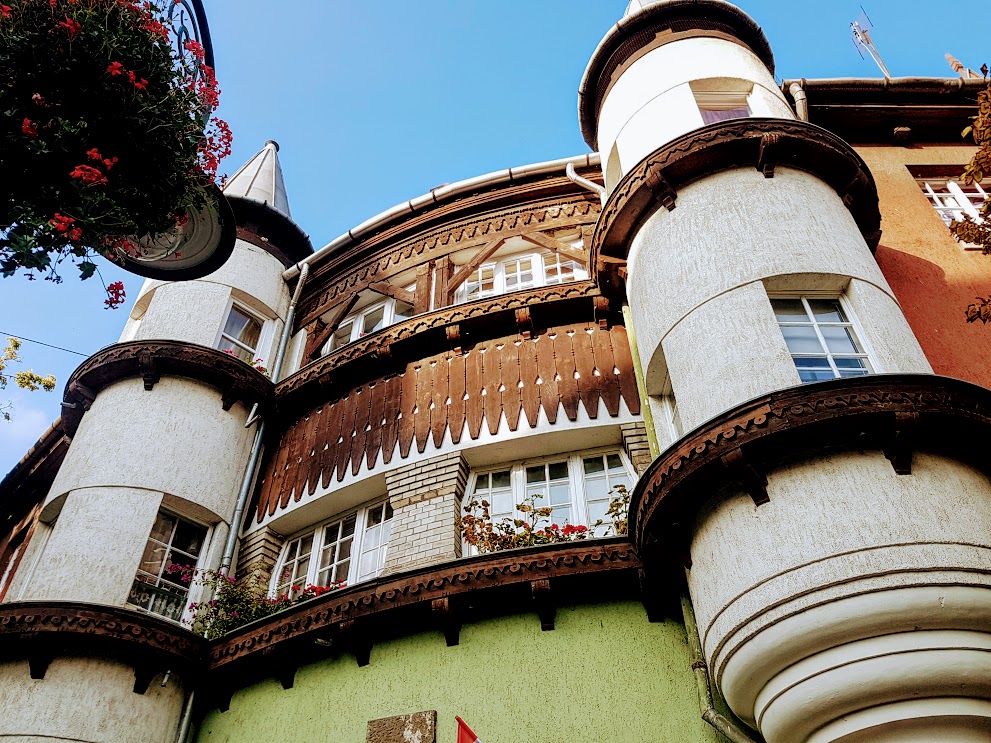

Wekerle Estate
A fall fairy in the city
"Wekerle Estate" in Budapest is like a village within the city - inspired my medieval & rural buildings, it has created a beautiful sense of local spirit.
by
Claudia
Leporatti


Lake Naplás
Urban waterworld
Artificial "Lake Naplás" in Budapest is an unexpected delight where few downtowners or tourists ever venture. It's perfect for interesting nature treks...
by
Iulia
Notaros
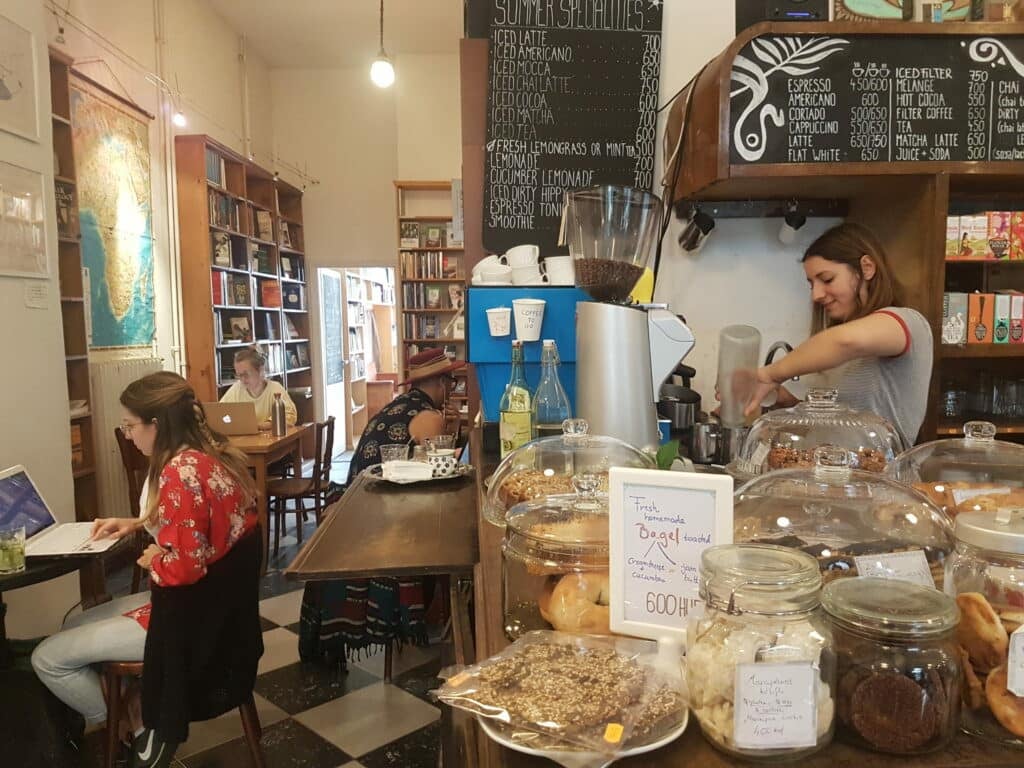

Massolit Books & Café
Every reader's dream
"Massolit Books & Café" is a coffee shop in an English bookstore. I wrote my 1st novel here, several short stories... I'd miss it the most were I to leave.
by
Claudia
Leporatti
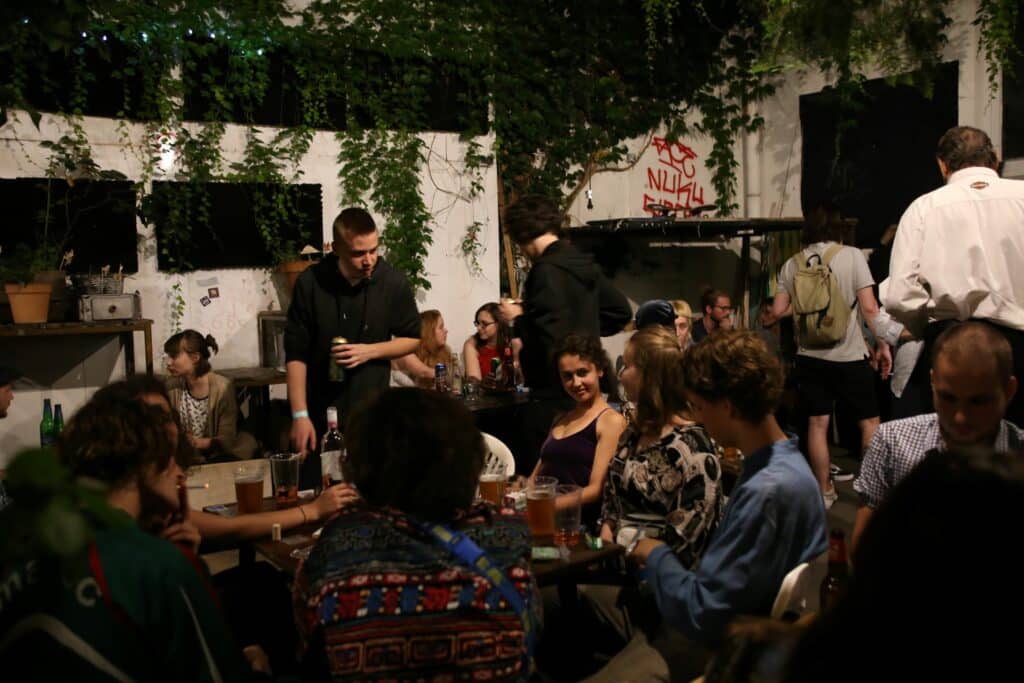

Auróra
Home for the most diverse
Auróra in Budapest is a place to create, attend workshops, concerts, parties, rituals... It's a big survivor in the district and it keeps fighting!
by
Eszter
Baracskai
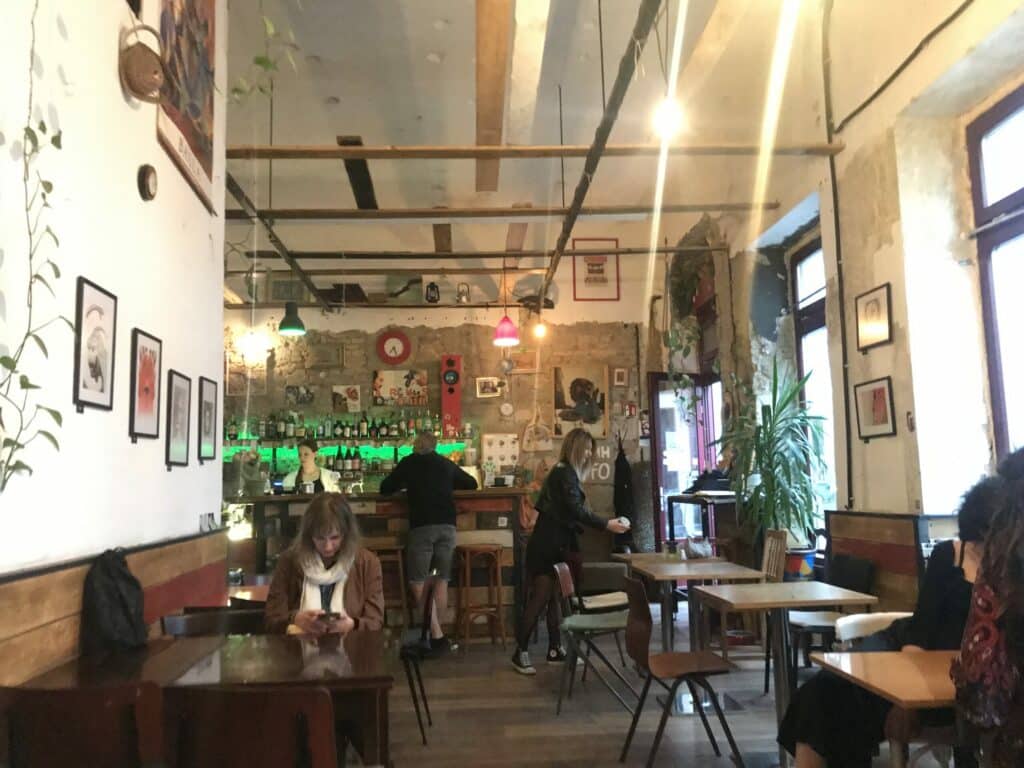

Szabad Bisztró
Vegan dishes and local drinks
Szabad Bisztró in Budapest has delicious vegan dishes and local drinks, but it's also associated with local initiatives, as with the terrace out front!
by
Eszter
Baracskai
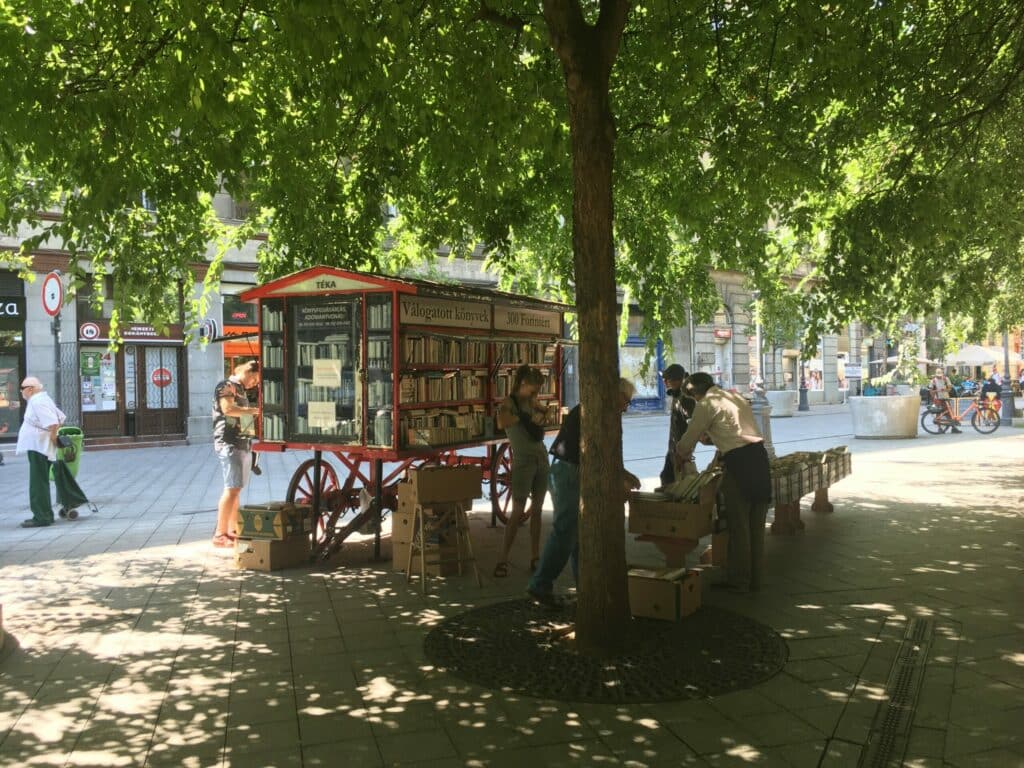

Könyv Szekér
Bookstores on wheels
The concept of Könyv Szekér in Budapest is to save books from being thrown out or destroyed — they are little mobile bookstores on old-school carriages!
by
Eszter
Baracskai
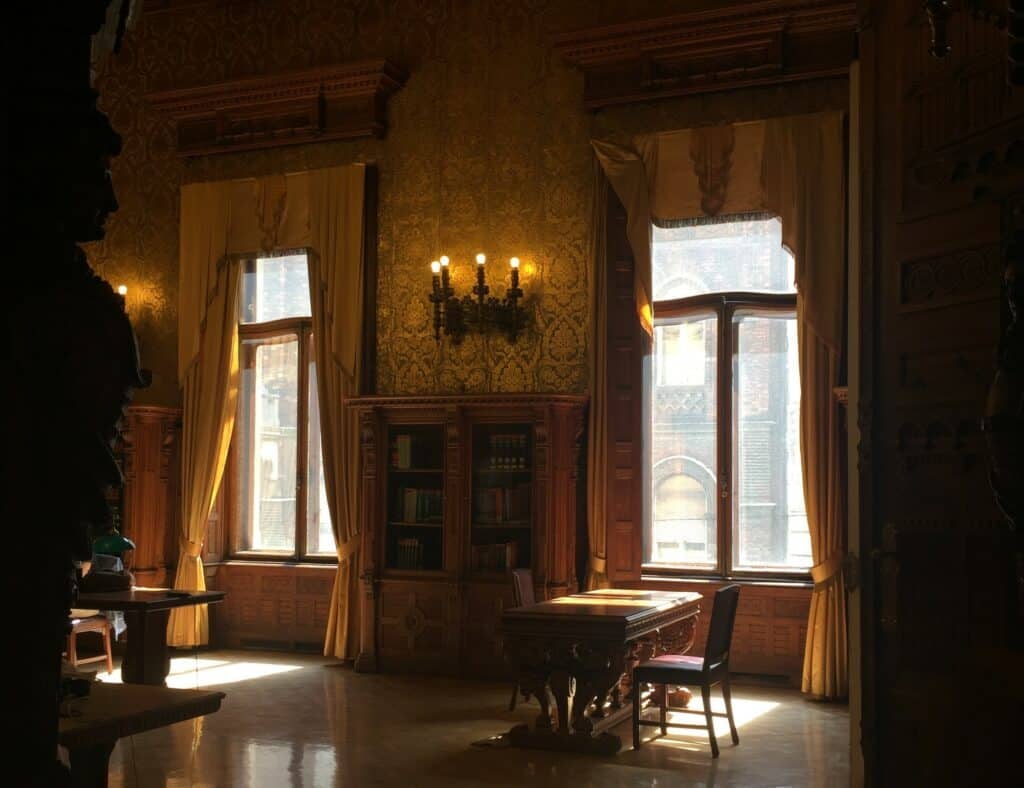

Szabó Ervin Library
Castle in the center to read
Szabó Ervin Library in Budapest has been my shelter many a time. The 100-year-old chairs & sofas create a unique atmosphere for studying or relaxing...
by
Eszter
Baracskai


Ignác a Nyúl
A board game project's yellow bar
At Ignác, the well-thought touches thoroughly selected, often local products co-live nicely with each other, creating a welcoming, charming little space.
by
Eszter
Baracskai


Tosti Budapest
A toast-worthy experience
This small business is owned by a Dutch couple, and they happily offer their traditional toasts and specialities.
by
Betti
Galos
Heading to Budapest?
172 Insider Tips from our local Spotters
Authentic Stories by Real People
Escape the Crowd & Travel Slow 🐌
... for just €9.99



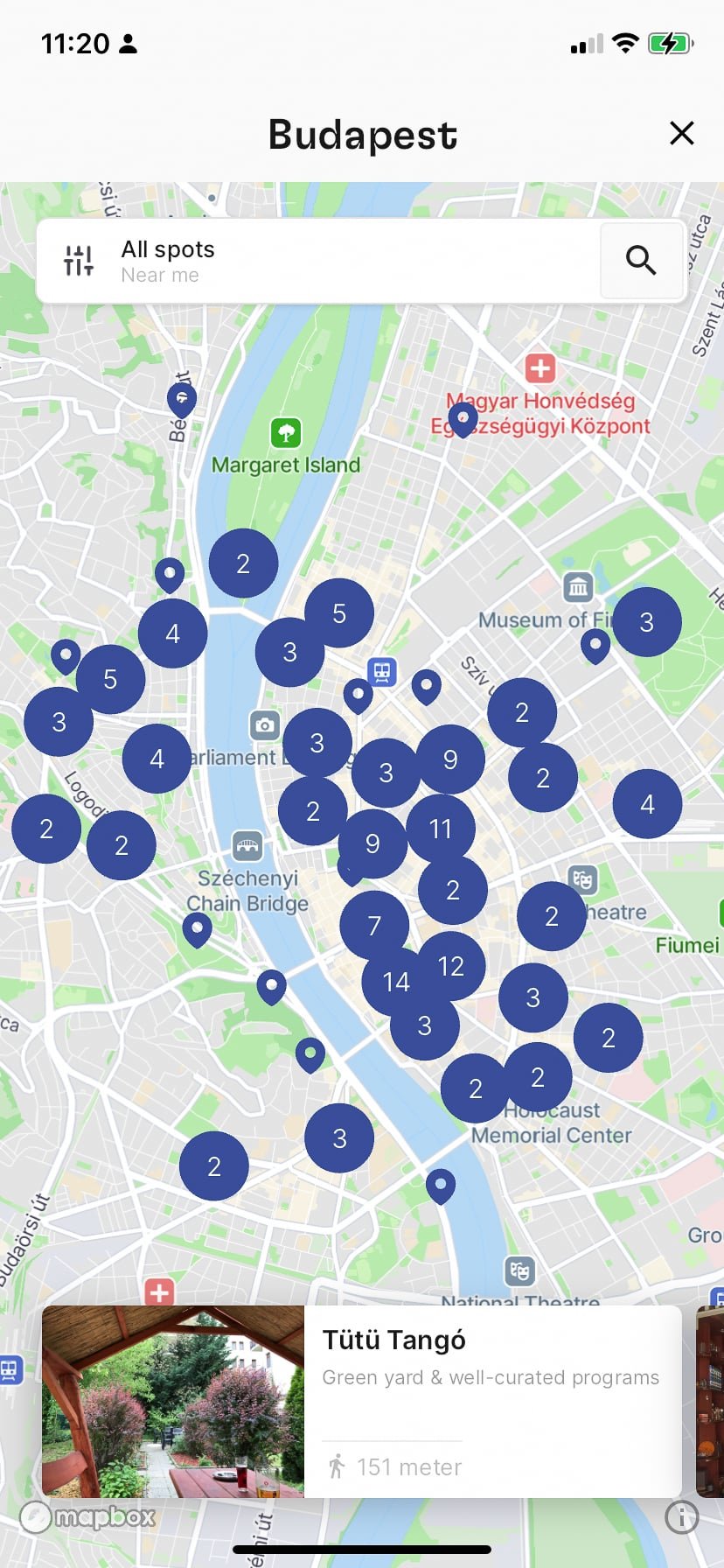


✓ 0 Insider Tips from our local Spotters
✓ 172 Insider Tips
✓ Escape the Crowds
✓ Find Spots nearby
✓ Authentic Stories
... for just €9.99
City guides by those who know the city in and out!
Our Locals' Favorite Art & culture
Our team loves Budapest
Get to know our other Spotters from Budapest
As featured on:




